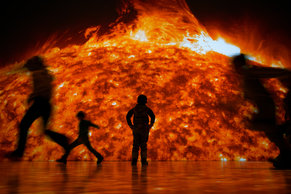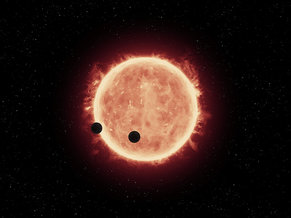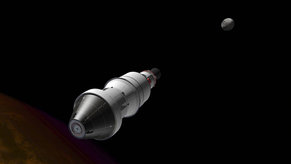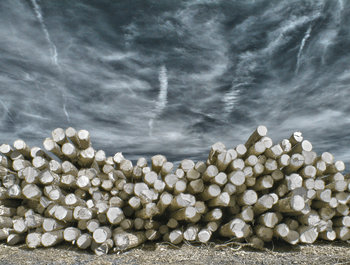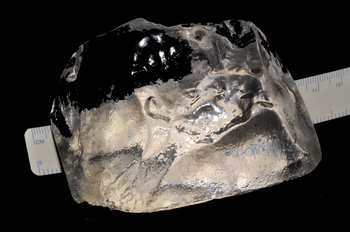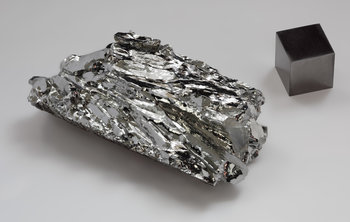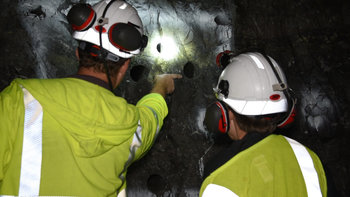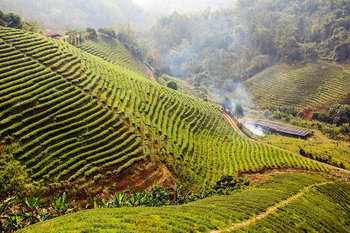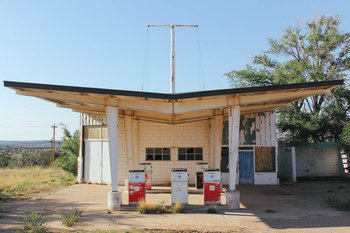|
| |
John Spacey, December 04, 2021 updated on December 28, 2022
Physical properties are concepts and measurements that describe how substances and objects respond to physical forces and phenomena. These are of interest to science and engineering for calculating, predicting, modeling and designing physical processes and things. The following are common physical properties followed by a brief definition of each.
Acoustic Absorption | Area | Boiling Point | Brittleness | Color | Density | Ductility | Elasticity | Electric Charge | Electric Potential | Electrical Conductivity | Electrical Impedance | Electrical Resistance | Flexibility / Flexural Strength | Fluidity | Form | Frequency | Hardness | Heat Capacity | Humidity | Location | Luminance | Luster | Magnetic Field / Magnetic Force | Malleability | Mass / Weight | Melting Point | Momentum | Opacity | Permeability | Plasticity | Pressure | Quantity | Radiance | Reflectivity | Refractive Index | Shape | Shear Strength | Solubility | Stiffness | Strength | Temperature | Tensile Strength | Tension | Thermal Conductivity | Toughness | Velocity / Speed | Viscosity | Volume | Yield Strength |
Chemical PropertiesChemical properties such as toxicity, flammability, combustibility and corrosion resistance describe the properties of a substance in a chemical reaction.
Physical Properties
This is the complete list of articles we have written about physical properties.
If you enjoyed this page, please consider bookmarking Simplicable.
A list of common types of materials.
Everything you ever wanted to know about diamonds but were afraid to ask.
The common types of steel explained.
An overview of lapis lazuli with examples.
A list of metallic elements, base metals, precious metals and rare-earth metals.
An a-z list of natural materials.
An overview of the common types of engineering.
A list of common raw materials.
An overview of construction with a list of examples.
A list of sciences.
An overview of the common types of research design.
An overview of temporary change with examples.
An overview of physical change with examples.
An overview of chemical change with examples.
An overview of natural vs man-made things with examples.
An overview of common science topics.
A list of common animals.
TrendingThe most popular articles on Simplicable in the past day.
Recent posts or updates on Simplicable.
Site Map
© 2010-2023 Simplicable. All Rights Reserved. Reproduction of materials found on this site, in any form, without explicit permission is prohibited.
View credits & copyrights or citation information for this page.
|




